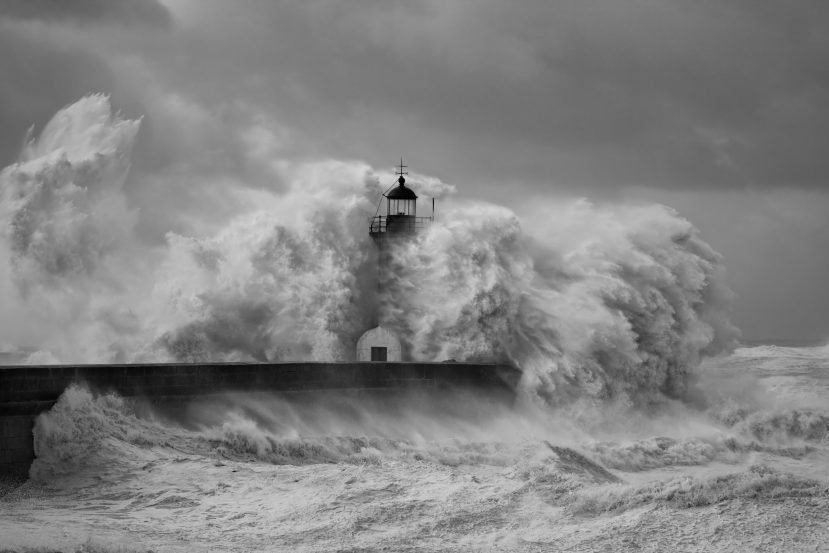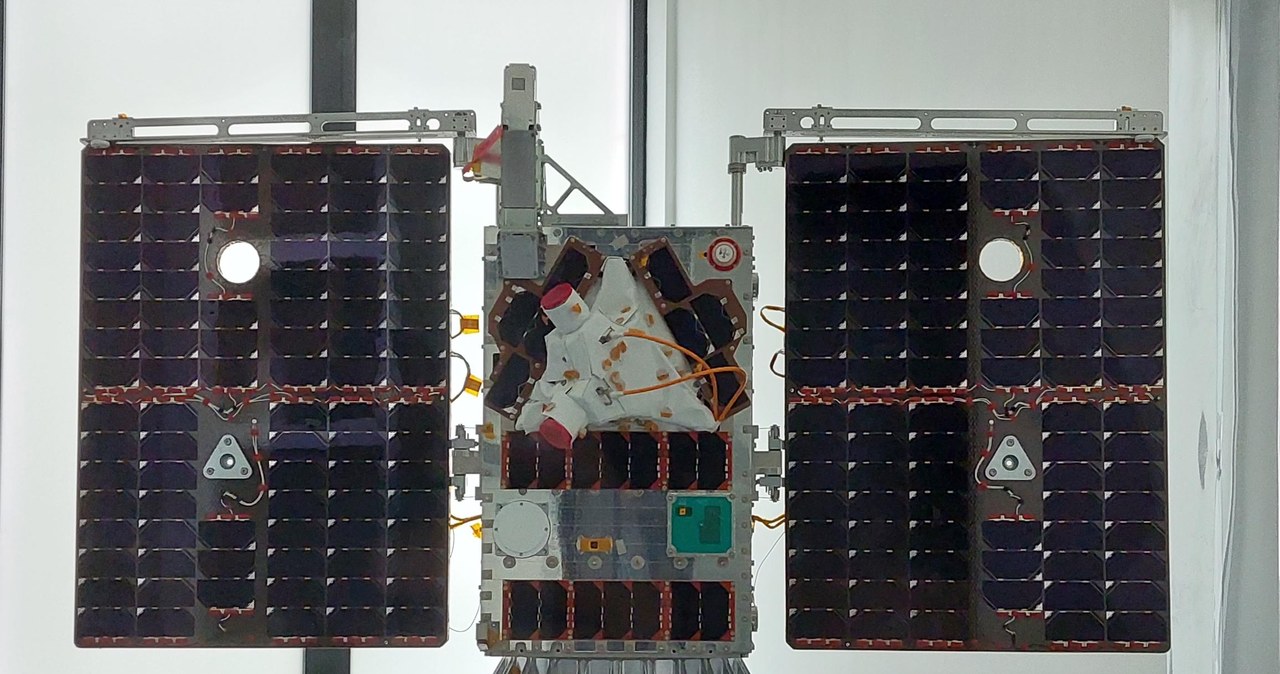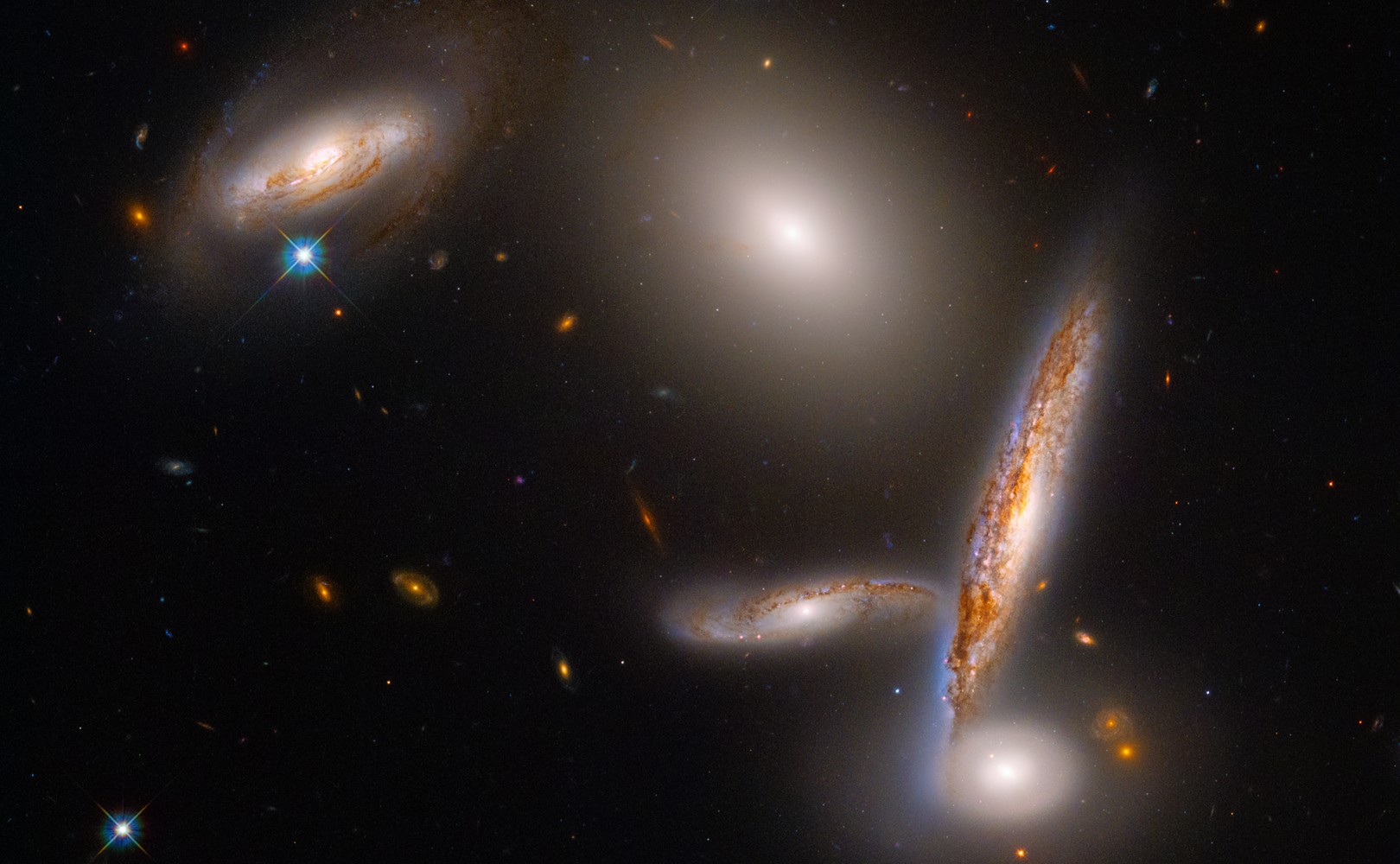The tsunami caused by the eruption of the Hongga Tonga-Hung Hapai volcano at the beginning of the year hit many countries in Oceania, Asia, North and South America. And formed waves 15 meters high in some places. Scientists have finally learned the mechanism that led to its creation.
On January 15, 2022, the eruption of an undersea volcano in the Tonga archipelago destroyed 90% of the uninhabited island of Hong Tonga Hapai (created only in 2015) and produced an ash plume half the size of France. An atmospheric shock wave was generated that orbited the Earth several times, as well as seismic waves were recorded around the world.
According to the Volcanic Explosion Index (VEI), the eruption of the Tonga volcano was a grade 6 on the scale and assigned to the super-linear type. There have only been 46 such eruptions in history, and they occur once every 50-100 years. The volcanic eruption also triggered tsunami waves that hit many countries. Scientists have finally discovered the mechanism that led to the tsunami so far.
It was caused by the so-called gravitational acoustic waves (AGW), a special type of sound wave that can travel very quickly through water or air. Simulations showed that the AGWs generated by the January event moved through the water, into the atmosphere, and then through waves as the eruption progressed. This amplified the energy of the moving tsunami.
The idea that tsunamis can be generated by atmospheric waves caused by volcanic eruptions is not new, but this event was the first to be recorded by modern dense instruments around the world, which finally allowed us to reveal the exact mechanism behind these unusual phenomena.Ricardo Ramalho of Cardiff University
To confirm the presence of these waves, scientists used data recorded from sea level, in the atmosphere and from satellites. In many cases, a “direct link” between the onset of the tsunami and the AGW has been confirmed.
The location of the eruption in Tonga was ideally underwater, in shallow water, causing energy to be released into a mushroom-like atmosphere near the water’s surface. Thus, the interaction of active AGW with the water surface was inevitable.Osama Qadri from Cardiff University
Calculations showed that the tsunami traveled 1.5-2.5 times faster than a typical volcano-induced tsunami, reaching a speed of about 1,000 km/h as it crossed the Pacific, Atlantic and Indian Oceans in less than 20 hours. Moreover, this tsunami – which moved partly through the atmosphere – was able to reach the Caribbean without sailing around South America.
This resonance meter allows us to bypass proof-of-concept of the mechanism, develop more accurate prediction models and real-time warning systems, and possibly develop new energy harvesting technology.Osama Qadri

Echo Richards embodies a personality that is a delightful contradiction: a humble musicaholic who never brags about her expansive knowledge of both classic and contemporary tunes. Infuriatingly modest, one would never know from a mere conversation how deeply entrenched she is in the world of music. This passion seamlessly translates into her problem-solving skills, with Echo often drawing inspiration from melodies and rhythms. A voracious reader, she dives deep into literature, using stories to influence her own hardcore writing. Her spirited advocacy for alcohol isn’t about mere indulgence, but about celebrating life’s poignant moments.









